Advanced Architectures of Telecommunication Networks
Data is displayed for academic year: 2023./2024.
Lectures
Laboratory exercises
Course Description
Next generation fixed and mobile communication network architectures (e.g., high-speed optical networks, 5G mobile networks). Network signaling and protocols. Software Defined Networks. Network Function Virtualization (NFV), Network Virtualization (NV), and cloud deployment technologies. Mobility and identity management. Functional entities and mechanisms needed to support and ensure Quality of Service. Network resource management and network slicing techniques. Standards and standardization bodies (3GPP, ETSI, ITU-T, OMA). Case studies and examples of real network deployments.
Study Programmes
University graduate
[FER3-EN] Control Systems and Robotics - profile
Elective courses
(2. semester)
[FER3-EN] Data Science - profile
Recommended elective courses
(2. semester)
[FER3-EN] Electrical Power Engineering - profile
Elective courses
(2. semester)
Learning Outcomes
- Analyze next generation fixed and mobile communications network architectures
- Identify key challenges related to the introduction of next generation networks (e.g., fast fiber optic networks, 5G mobile networks)
- Understand the key mechanisms and protocols related to setting up, modifying, and terminating sessions / calls
- Understand the concepts and mechanisms related to Software Defined Networking
- Explain the role of network function virtualization (NFV) network virtualization, and be able to use cloud virtualization technologies
- Explain mobility and subscriber identity management mechanisms ,and functional entities and mechanisms to support and ensure Quality of Service
- Search and understand relevant standards
Forms of Teaching
Lectures
Lectures are held in two cycles. The first cycle contains 7 weeks of lectures followed by the second cycle lasting 6 weeks, with a teaching load of 2 hours per week.
LaboratoryStudents independently solve 3 practical tasks through laboratory exercises.
Grading Method
| Continuous Assessment | Exam | |||||
|---|---|---|---|---|---|---|
| Type | Threshold | Percent of Grade | Threshold | Percent of Grade | ||
| Laboratory Exercises | 50 % | 30 % | 50 % | 30 % | ||
| Homeworks | 50 % | 10 % | 50 % | 30 % | ||
| Mid Term Exam: Written | 0 % | 25 % | 0 % | |||
| Final Exam: Written | 0 % | 25 % | ||||
| Final Exam: Oral | 10 % | |||||
| Exam: Written | 0 % | 50 % | ||||
| Exam: Oral | 10 % | |||||
Week by Week Schedule
- Introduction to telecom networks. Evolution of fixed networks.
- High speed optical networks.
- Network softwarization: trends towards more programmability and flexibility in communication networks. Introduction to Software Defined Networking.
- Software Defined Networking.
- Network function virtualization (NFV) and network virtualization (NV). Cloud virtualization technologies. Reference architectures for NFV management and orchestration (MANO).
- Multi-access edge computing (MEC): enabling cloud computing capabilities and IT services at the network edge.
- Mobile network evolution towards 5G. 5G use cases and requirements.
- Midterm exam
- Basic 5G network architecture: key network components and interfaces.
- Network signaling: key mechanisms and protocols related to the establishment, modification, and maintenance of sessions/calls.
- Mobility management and identification of mobile subscriber and equipment.
- Resource management: Quality of Service support. Network slicing.
- Security aspects.
- Telecommunication network deployments: case studies
- Final exam
Literature
(.), Network Function Virtualization: Concepts and Applicability in 5G Networks,
(.), Software Defined Networks: A Comprehensive Approach,
(.), Foundations of Modern Networking: SDN, NFV, QoE, IoT, and Cloud,
For students
General
ID 222943
Summer semester
5 ECTS
L3 English Level
L1 e-Learning
30 Lectures
0 Seminar
0 Exercises
12 Laboratory exercises
0 Project laboratory
0 Physical education excercises
Grading System
85 Excellent
75 Very Good
65 Good
50 Sufficient


 Pristupačnost
Pristupačnost


